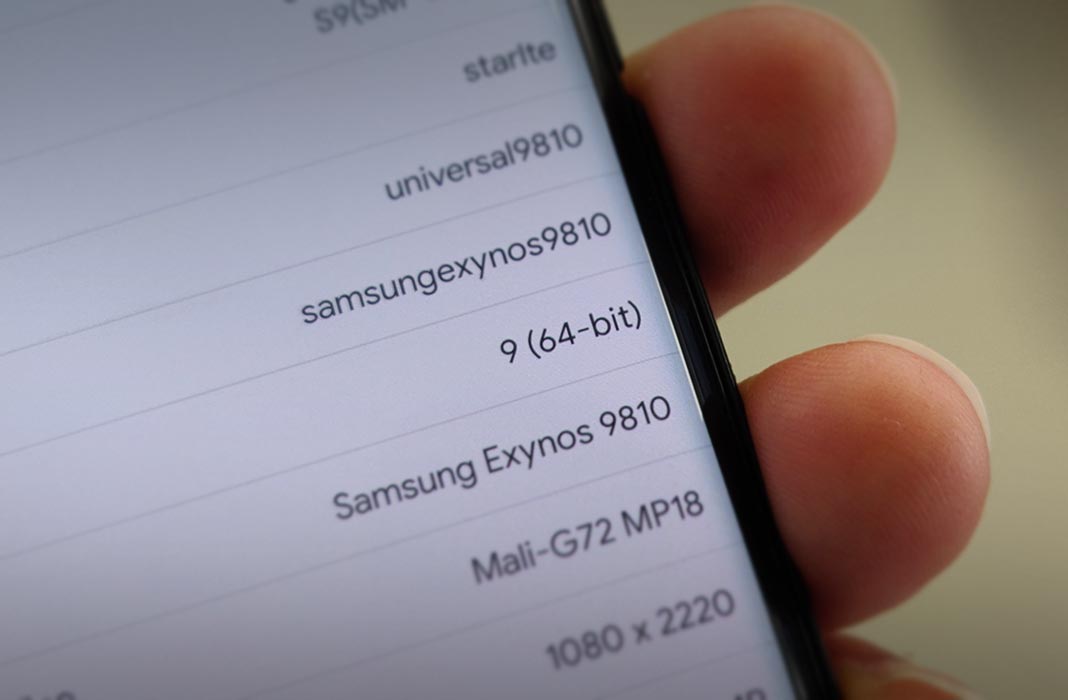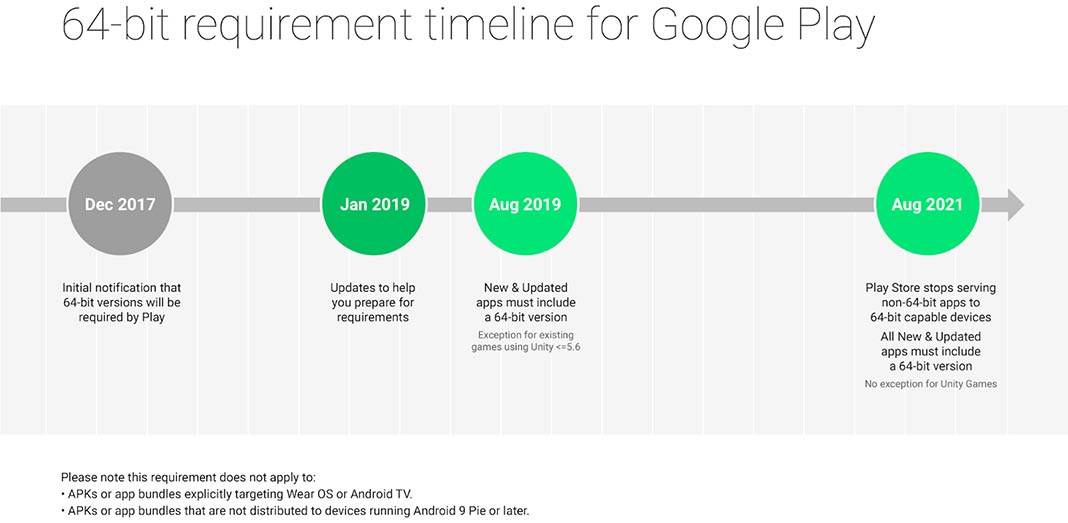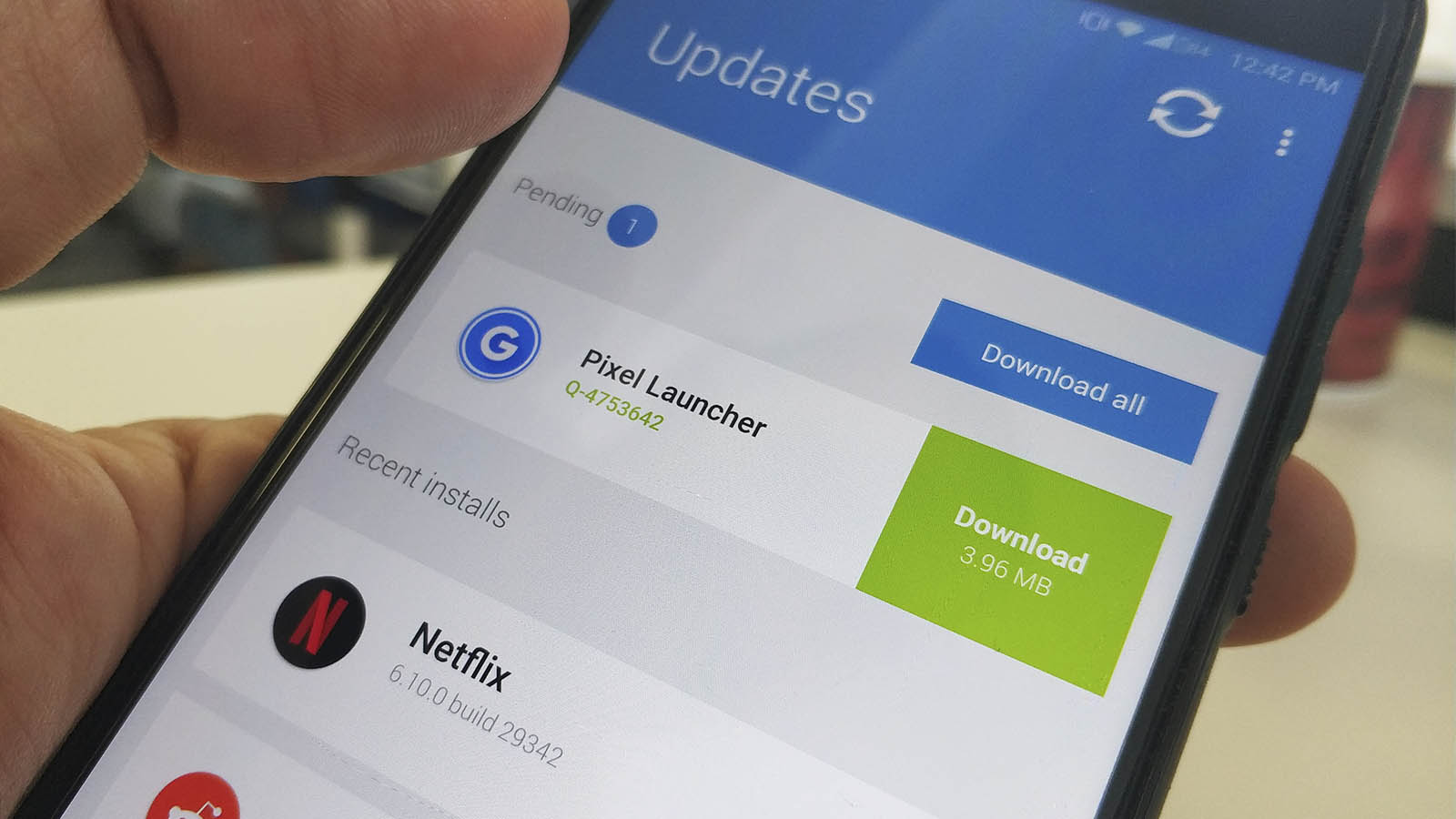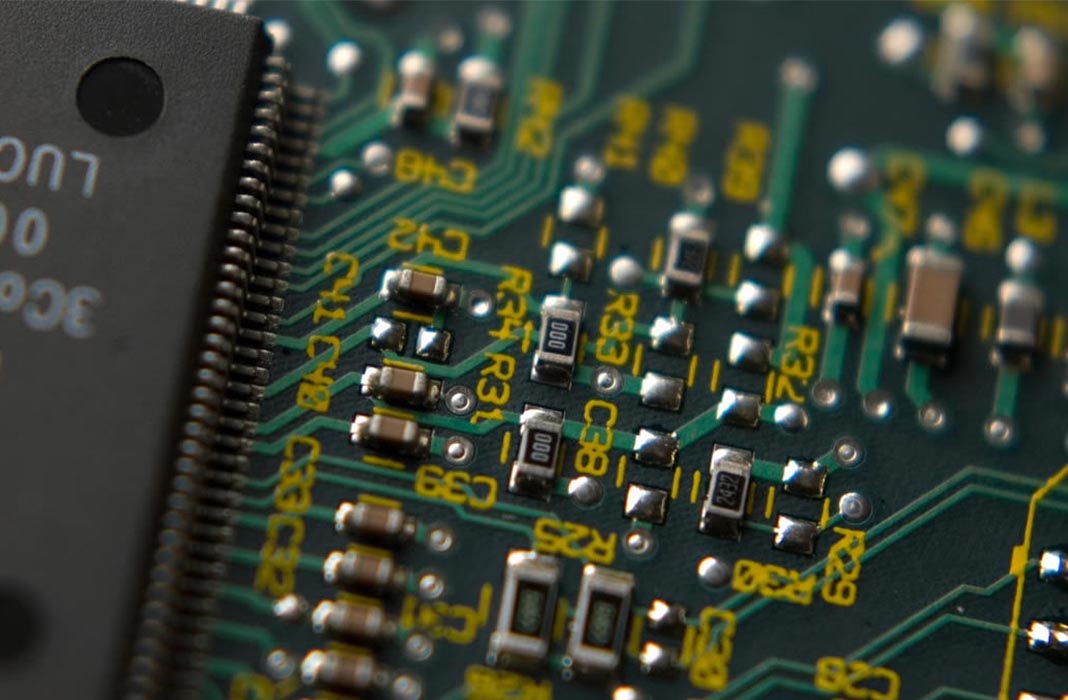A few months ago, Google started putting the gears into motion to make the definitive transition to 64-bit architecture in the Android ecosystem. The apps developed for 32-bit systems are a burden since they require all software to be compatible with older devices, but there’s a bigger problem with this: in August 2021, users will no longer be able to download any 32-bit apps from Google Play that haven’t migrated the code to 64 bits. This affects thousands of games that haven’t made the leap for different reasons. But never fear! Uptodown will continue hosting and allowing the download of 32-bit apps to 64-bit devices without any restriction even after this date comes and goes.
32 bits vs 64 bits
Without going into too many technical details, it’s clear that a software developed from the beginning for 64-bit architectures makes it possible to take much better advantage of the system’s hardware resources. For a developer, this provides endless advantages when it comes to offering safer and more technically advanced apps, since the fact of dragging packages that are compatible with 32-bit systems presents different types of limitations in the app itself. It’s not the same to develop a game that takes full advantage of the hardware it’s running on, as it is to adapt it for a system with much less power and do some juggling on a coding level in order to use it on a device, just for a certain few aspects of the app.

But really, what is the real difference between a 32-bit and a 64-bit processor? Well among other things, the difference in the capacity when it comes to completing logic operations. A bit is a binary value that can be zero or one, so a CPU that’s capable of working with 32-bit registries can store 4,294,976,296 different values (2 to the power of 32 possibilities), while a 64-bit one will reach (deep breath in) 18,446,744,073,709,551,616 values (2 to the power of 64). In other words, a 64-bit processor can store four billion more memory addresses than a 32-bit.
But the differences aren’t about mere brute strength, since Android apps aren’t about calculations. In reality, the main allure of all this is that if they get rid of the 32-bit apps, the Android ecosystem will be more solid, unified, reducing testing times and development costs, not to mention better support, more efficient libraries, and, in general, a reduced complexity of apps. In the end, everything revolves around being able to finally migrate the standard ARMv7 to ARMv8 in the fabrication of chips for smartphones with the confidence that the software is going to be completely prepared for this change.
The timeline set by Google
Since Android 5.0 Lollipop, Android apps are compatible with this architecture and back then, Google warned that sooner or later, the “change” would happen. In the beginning of 2019, the company made a plan for developers to follow:
- Starting August 1, 2019, all new apps or updates to existing ones must include a 64-bit version in order to be published on Google Play, although this deadline will be extended a bit more in the case of using specific SDKs: Corona Labs (August 2020), Adobe Air (August 2020) and Unity 5.6.7 or higher (August 2021).
- Starting August 1, 2021, it won’t be possible to download any app that doesn’t include support for 64-bit architecture on Google Play, so it’ll only be possible to download 32-bit ones on devices with that architecture.

Uptodown will continue supporting 32-bit apps
Although Google offers various guides and methods to make things easier for developers with the code migration, the fact of the matter is that for many of them, it’s not going to be simple. Depending on the development environment, language, and libraries used to create the app, making a code compatible with 64-bit architectures can be costly, both on an economic and developmental level. What does this mean? Well, that Google Play could become a cemetery of games that can’t be updated and that no one can install unless they have an Android device with 32-bit architecture. And we’re not only talking about relics here. Any game published before August 1, 2019 on Google Play could be affected if it’s not compatible with 64 bits.
Practically speaking, all these apps continue being compatible with all types of devices regardless of Google’s restrictions, and in fact, even if the Android system were to introduce some type of limitation to running 32-bit apps, we’d still have virtualization and emulation in order to use them. We’re not going to lie to you, even though there’s a huge media campaign in favor of 64-bit architecture, this is more commercially motivated than technologically. We don’t fight in that war, and that’s why we don’t need to participate.

Given that Uptodown is a sort of warehouse that preserves and stores all the previous versions of an app without any hardware restrictions for users, all the apps that voluntarily decide not to make the migration, will continue to be available on our platform indefinitely, at least until that fateful day comes when the airplanes fall from the sky and there’s a technological collapse. Just like the dreaded Y2K, we still have the year 2038 problem to look forward to.
What will happen in 2038 to 32-bit software?
The system for counting the seconds in 32-bit architectures has a beginning date of January 1, 1970 at 00:00:00 (UTC). As we mentioned at the beginning of this article, a 32-bit architecture is able to work with 32-bit numbers, in other words, 4,294,967,296 different values. Although these values can be positive numbers, it can also be used for storing negatives (the unsigned variables), so after 2,147,483,647 seconds, the stored value would reset. And do you know when we’ll reach this date of the seconds counted since January 1, 1970? January 19, 2038.

Obviously, with so many years left before we reach this date, it’s very improbable that this problem will affect important services. For years now, Microsoft, Apple, and Google have been migrating all their software to new architectures, and maybe by then, even 64 bits will be a thing of the past. That said, in the technology field, we know that these things take time and it can take many years to make big changes in prevailing technology standards if society doesn’t support it.












